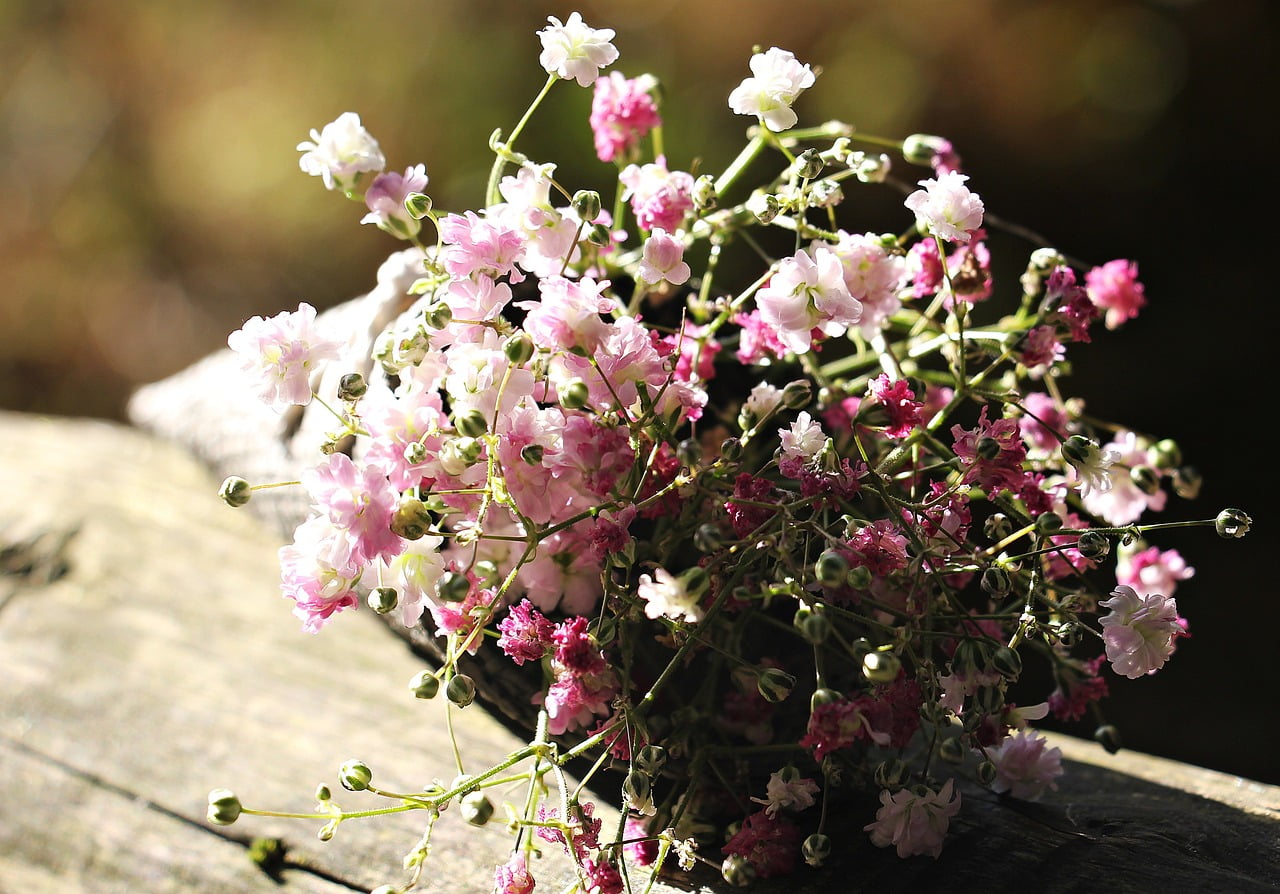
Gypsophila and Planting: A Guide to Beautiful Blooms
In the world of gardening and landscaping, few plants can match the delicate beauty and versatility of Gypsophila, commonly known as Baby’s Breath. Whether you’re a seasoned gardener or a novice looking to enhance your outdoor space, this article will provide you with expert insights on how to successfully cultivate and care for Gypsophila. So, grab your gardening tools and let’s dive into the world of Gypsophila.
Table of Contents
- Introduction to Gypsophila
- Choosing the Right Gypsophila Varieties
- Preparing the Soil for Planting
- Planting Gypsophila from Seeds
- Transplanting Gypsophila
- Caring for Your Gypsophila
- Pruning and Deadheading
- Dealing with Pests and Diseases
- Harvesting Gypsophila
- Using Gypsophila in Floral Arrangements
- Gypsophila FAQs
- Conclusion
1. Introduction to Gypsophila
Gypsophila, commonly referred to as Baby’s Breath, is a genus of delicate flowering plants native to Europe, Asia, and North America. These charming plants are known for their small, cloud-like clusters of tiny white or pink flowers. They have become a favorite in gardens, floral arrangements, and wedding bouquets due to their ethereal appearance and versatility.
2. Choosing the Right Gypsophila Varieties
Before you start planting Gypsophila, it’s essential to choose the right variety for your garden. Some popular varieties include Gypsophila paniculata (common Baby’s Breath) and Gypsophila muralis (creeping Baby’s Breath). Each variety has its unique characteristics, so consider your garden’s specific needs and aesthetic when making your selection.
3. Preparing the Soil for Planting
Gypsophila thrives in well-drained soil with good fertility. Prepare your garden bed by adding organic matter, such as compost or well-rotted manure, to improve soil structure and nutrient content. Ensure the soil pH is slightly alkaline, around 7.0, for optimal growth.
4. Planting Gypsophila from Seeds
Planting Gypsophila from seeds is a cost-effective way to fill your garden with these beautiful blooms. Sow the seeds in early spring or late summer, as they prefer cooler temperatures. Follow the seed packet instructions for proper spacing and depth.
5. Transplanting Gypsophila
If you choose to transplant established Gypsophila plants, do so in the spring or fall when the weather is mild. Ensure you dig a hole large enough to accommodate the plant’s root ball and water thoroughly after transplanting to reduce stress on the plant.
6. Caring for Your Gypsophila
Gypsophila is relatively low-maintenance but benefits from regular watering, especially during dry spells. Apply a balanced fertilizer in the spring to encourage healthy growth. Mulching around the plants helps retain soil moisture and suppress weeds.
7. Pruning and Deadheading
To prolong the flowering season and maintain a tidy appearance, deadhead spent blooms regularly. Pruning can also be done in late winter or early spring to encourage new growth.
8. Dealing with Pests and Diseases
Gypsophila is generally pest and disease-resistant, making it an excellent choice for hassle-free gardening. However, keep an eye out for aphids and powdery mildew, which can occasionally affect these plants. Use organic methods or appropriate pesticides if necessary.
9. Harvesting Gypsophila
If you’re growing Gypsophila for cut flowers, harvest the stems when the majority of the flowers have opened. Cut at a 45-degree angle and immediately place the stems in water to maximize their vase life.
10. Using Gypsophila in Floral Arrangements
Gypsophila’s delicate, airy blooms make it a popular choice for floral arrangements. It complements a wide range of flowers and adds an ethereal touch to bouquets and centerpieces.
11. Gypsophila FAQs
Q1: Can I grow Gypsophila indoors?
Yes, you can grow Gypsophila indoors in containers or pots. Ensure they receive ample sunlight and well-drained soil.
Q2: How do I propagate Gypsophila?
Gypsophila can be propagated from cuttings or by dividing established plants in the spring.
Q3: Do I need to fertilize Gypsophila regularly?
Fertilize Gypsophila once a year in the spring with a balanced, all-purpose fertilizer.
Q4: Can Gypsophila tolerate frost?
Most Gypsophila varieties can tolerate light frosts but may benefit from protection during harsh winters.
Q5: What other flowers pair well with Gypsophila in arrangements?
Gypsophila pairs beautifully with roses, carnations, and lilies in floral arrangements.
12. Conclusion
Incorporating Gypsophila into your garden or floral creations can bring a touch of elegance and whimsy to your surroundings. With proper care and attention to detail, you can enjoy these delicate blooms year after year. So, embrace the world of Gypsophila and watch your garden flourish with its enchanting beauty.
Now that you’re equipped with the knowledge to grow and care for Gypsophila, it’s time to embark on your gardening journey. Whether you’re adding these enchanting blooms to your garden or using them to create stunning floral arrangements, Gypsophila is sure to delight and captivate all who behold its graceful charm.